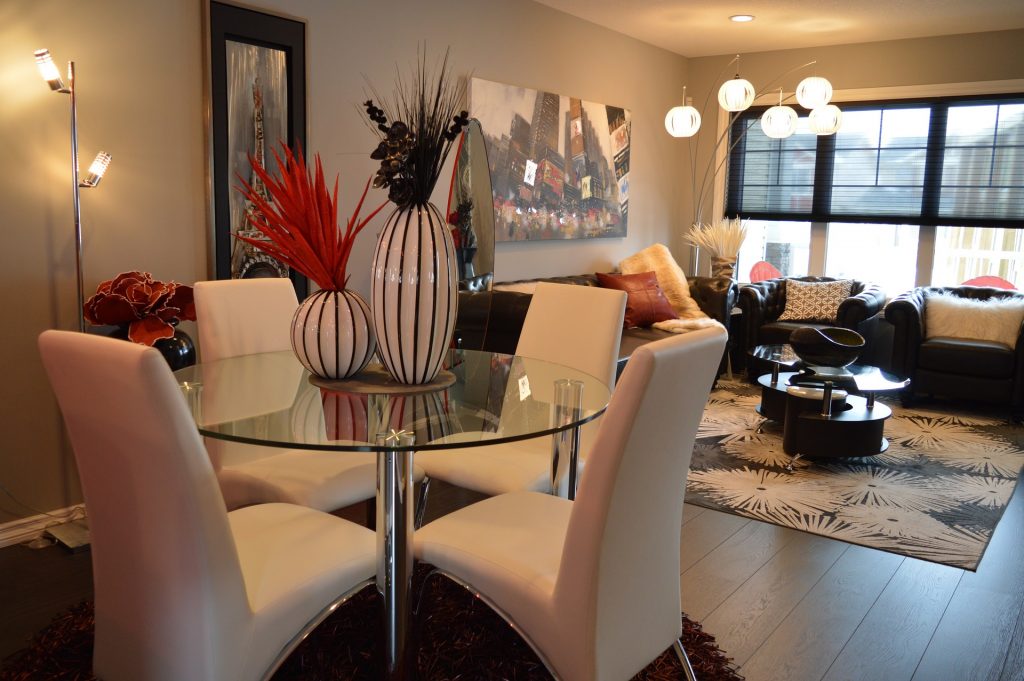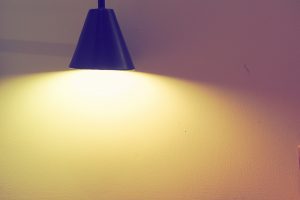Lighting up your home is an ideal way to add character to your house. With a proper lighting guide, the power of good lighting can make the look of your interiors. But on the other hand, lighting can also break the appearance of every room. Considering the latter, here are some tips to help you light your rooms well.
Bring-In Natural Lighting
There’s nothing quite like natural light to fill your home. No substitute will likely be significant enough. Whether it’s summer or winter, fantastic sunlight can pay off in so many ways, not the least of which is keeping odors and mold at bay. You can keep the blinds open during the day; place glass doors where you can expand your lighting options. Another way to benefit from this light is to use mirrors in tactical locations. Also, consider eliminating blackout or thick curtains and replacing them with light fabrics and light colors. It will allow more light to enter the house.

Use Mood Lights Instead of Central Lights
 Choose small ambient lights instead of conventional base lighting; they add a sharper design, warmth, and softness to the room. They are also more successful in reaching the darkest corners of a room. They incorporate playfulness and are attractive at the same time. For example, you can use lights as a background for your home decorations to support them. Illuminating decorative pieces add an extra touch.
Choose small ambient lights instead of conventional base lighting; they add a sharper design, warmth, and softness to the room. They are also more successful in reaching the darkest corners of a room. They incorporate playfulness and are attractive at the same time. For example, you can use lights as a background for your home decorations to support them. Illuminating decorative pieces add an extra touch.
The light cast from underneath transparent or translucent components, such as glass, brings out the playfulness. If you have artwork on the walls, opt for colored or painterly lighting.
Don’t Overdo Lighting
Don’t ever do it. That is the problem with the light. Nothing is beautiful when it’s overdone, so keep it subtle. Too much light can be uncomfortable, especially at night. Lots of light everywhere takes away from the earrings you need to have in one area to attract thickness. For example, a chandelier–be it modern or traditional–can balance the room with ambient light; consider using a piece that can add drama and provide an incredible burst of light to the area. Also, keep in mind the purpose of the room first, as it helps you determine light fixtures.
Comments are closed